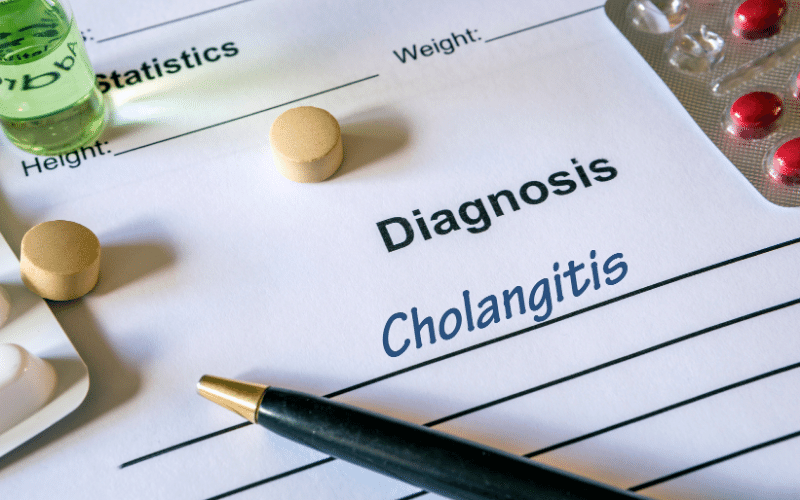Introduction: The Landscape of Primary Biliary Cholangitis Prognosis
Primary biliary cholangitis (PBC), once known as primary bile cirrhosis, is an intriguing, complex, and, at times, misunderstood medical condition. This autoimmune liver disease sees a gradual destruction of the bile ducts, leading to numerous health complications if left unchecked. For those diagnosed or those who have a loved one affected by this ailment, the prognosis is often the first point of concern. It’s the answer to the haunting question: “What does the future hold?”

Diving into the intricacies of PBC, one discovers that it’s not just about the liver or bile ducts. It’s about a person’s entire well-being—physically, mentally, and emotionally. How will this impact daily life? What are the potential challenges ahead? And more importantly, what are the strategies and treatments that can alter the course of this disease?
The prognosis of PBC varies widely among patients. Factors like the stage of detection, the efficacy of treatments administered, lifestyle habits, and even coexisting conditions play a role in determining the disease’s trajectory. While PBC remains incurable as of now, the world of medicine has made significant strides in its understanding and management. The landscape is evolving, with improved treatments, more comprehensive care approaches, and ongoing research promising a brighter future.
So, whether you’re a patient, caregiver, or a curious individual, understanding these ten critical facts about PBC’s prognosis is paramount. It’s not just about statistics or medical jargon; it’s about real lives, real stories, and the real hope that resonates with every breakthrough in this field.
Fact 1: Early Detection Improves Prognosis

The value of early diagnosis in medical conditions is widely acknowledged, and PBC is no exception. When PBC is diagnosed in its nascent stages, the range of intervention options widens, and the possibility of a more favorable outcome increases. The early stages of PBC are often asymptomatic, which means that proactive screening can be a lifesaver.
But why does early detection make such a difference? Firstly, catching the disease early can prevent the escalation of damage. The bile ducts, when preserved from excessive harm, function more effectively, leading to fewer complications down the line. Moreover, early treatment can slow the disease’s advancement, providing patients with more symptom-free years.
Another advantage of early diagnosis is the psychological aspect. When patients know what they’re dealing with from the onset, they can better prepare mentally and emotionally. They can make informed decisions about their treatment options and lifestyle choices, leading to improved quality of life.
Furthermore, medical interventions are most effective when the disease hasn’t progressed much. The chances of treatments, such as UDCA, making a significant difference increase manifold. All in all, an early diagnosis can be the difference between a life lived in the shadow of a disease and a life lived in control of it. While PBC remains a challenging disease, early detection offers a silver lining. It paves the way for better management, fewer complications, and a brighter future for patients. (1)